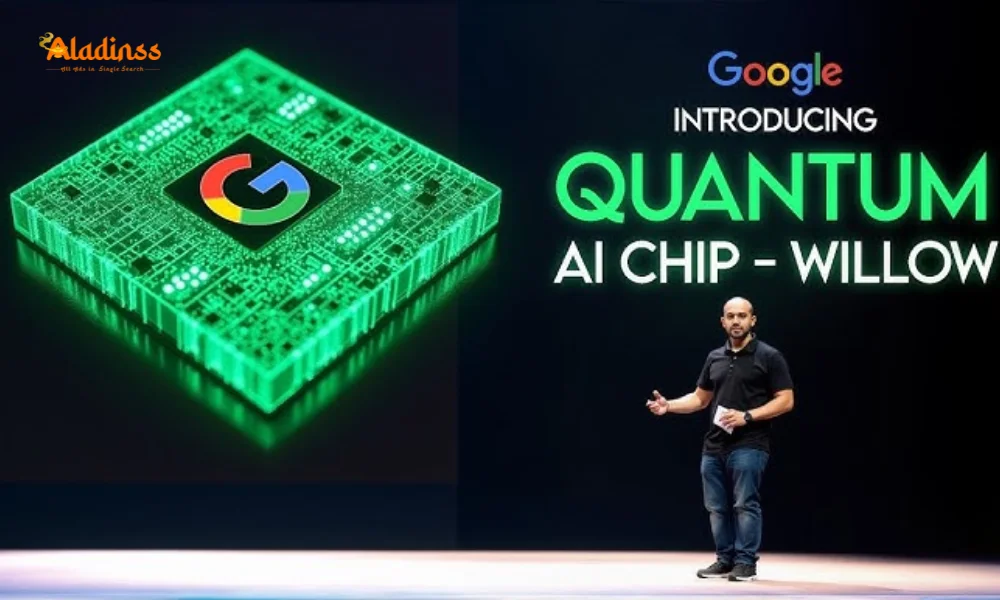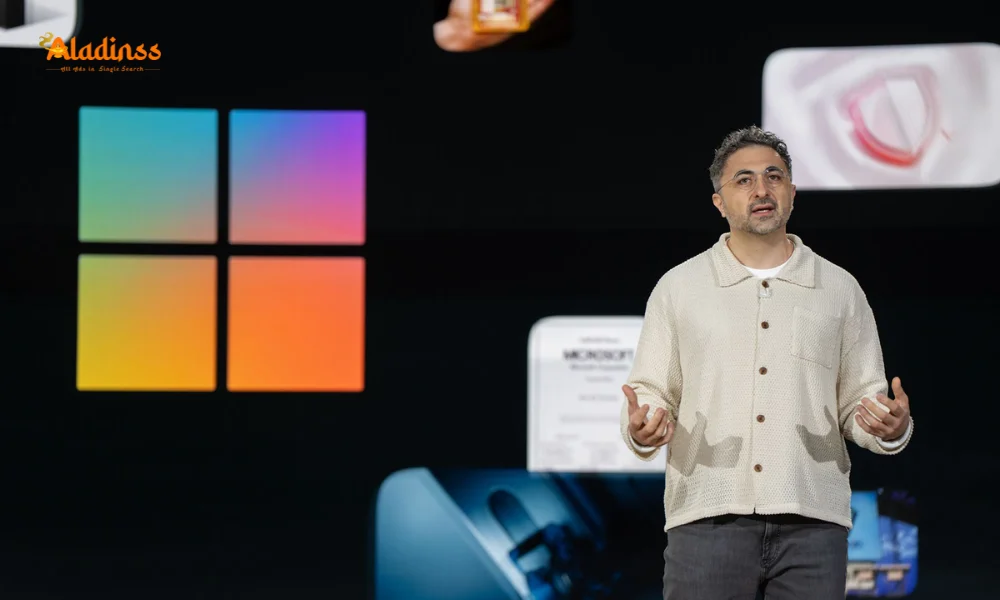Nvidia's $5 Billion Investment in Intel Boosts AI Chip Development Partnership
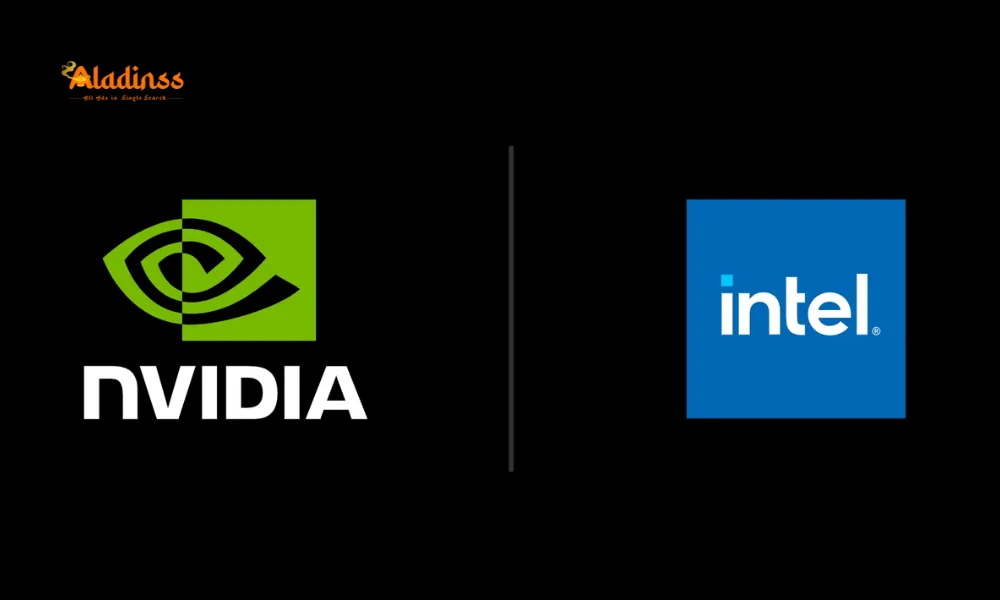
Nvidia's $5 Billion Investment in Intel Boosts AI Chip Development Partnership
In a groundbreaking move that's sending shockwaves through the tech industry, Nvidia announced a $5 billion investment in Intel on Thursday, September 18, 2025, positioning itself as one of the chipmaker's largest shareholders. This financial commitment is just one pillar of a multifaceted partnership aimed at accelerating the development of artificial intelligence infrastructure and next-generation PC chipsets. As Intel grapples with market share losses in the AI race and a plummeting valuation, Nvidia's infusion could provide the lifeline needed for a comeback. With Google Trends surging for "Nvidia Intel deal" and #NvidiaIntel trending on X, this collaboration marks a pivotal latest development in semiconductor innovation, potentially reshaping the competitive landscape dominated by giants like AMD and TSMC.
The deal, detailed in Nvidia's newsroom post, underscores a strategic alliance between two titans of computing. Nvidia, riding high on its GPU dominance in AI training and inference, sees Intel's vast x86 ecosystem as a complementary force. The investment, valued at approximately Rs. 44,100 crore, involves purchasing Intel common stock at $23.28 per share—roughly Rs. 2,054—though it remains subject to regulatory approvals and market conditions. This isn't merely a cash grab; it's a fusion of Nvidia's accelerated computing prowess with Intel's CPU legacy, promising to unlock new frontiers in AI hardware.
Nvidia and Intel's Joint Chipset Development Initiative
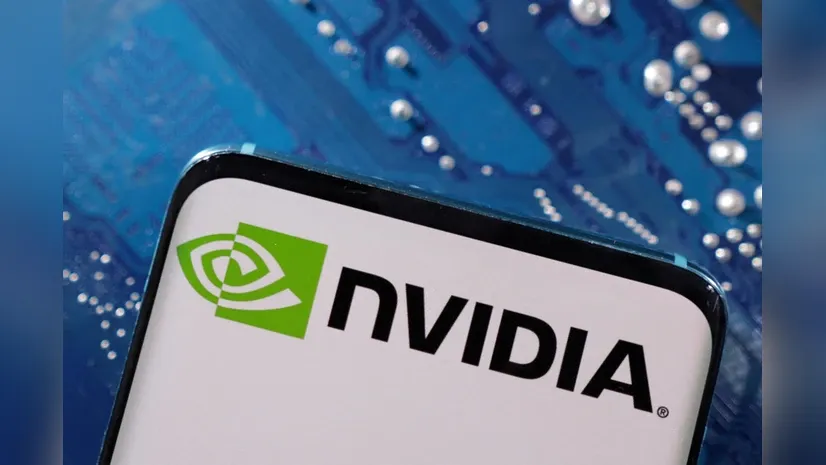
At the core of this partnership lies a collaborative effort to integrate Nvidia's NVLink technology with Intel's x86 architecture, enabling seamless connectivity between Nvidia's RTX GPUs and Intel's CPUs. This fusion will facilitate the creation of high-performance platforms capable of handling massive AI workloads, from data centers to edge computing. Nvidia Founder and CEO Jensen Huang described the alliance as a "historic collaboration" that couples Nvidia's AI stack with Intel's ecosystem, laying the groundwork for the next computing era. Imagine AI models training at unprecedented speeds, with reduced latency and enhanced scalability—outcomes that could propel industries like autonomous vehicles and generative AI forward.
On the consumer front, the duo plans to co-develop x86 system-on-chips (SoCs) embedding RTX GPUs, targeting personal computers. These chips promise to democratize AI capabilities, allowing everyday users to run sophisticated models locally without cloud dependency. For gamers and creators, this means RTX-powered laptops with Intel's efficient cores, delivering photorealistic rendering and real-time AI enhancements. The integration leverages NVLink's high-bandwidth interconnects, potentially surpassing current PCIe standards and unlocking bandwidths exceeding 900 GB/s— a leap that could redefine PC performance.
Intel's custom x86 CPUs, tailored for Nvidia's AI platforms, will further streamline this synergy. These processors, optimized for Nvidia's CUDA ecosystem, could address bottlenecks in hybrid CPU-GPU workflows, benefiting enterprises in sectors like healthcare and finance where AI inference demands low power and high throughput. As the AI race intensifies, this partnership positions both companies to challenge Nvidia's rivals while bolstering Intel's foundry ambitions indirectly through ecosystem growth.
Intel's Challenges and the Strategic Lifeline from Nvidia
Intel has been navigating turbulent waters, with its market valuation dipping amid struggles in the AI boom. Once the undisputed CPU king, Intel has ceded ground to AMD's Ryzen and Apple's M-series chips, compounded by delays in its foundry business. The contract manufacturing arm, pivotal for Intel's diversification, has bled cash, prompting questions about its viability. Analysts, as reported by Reuters, suggest Intel's survival hinges on securing major foundry clients—a void this Nvidia deal partially fills by injecting capital and collaborative momentum.
Nvidia's $5 billion stake not only provides immediate financial relief but also validates Intel's x86 stronghold. The investment, at a premium to recent trading prices, signals confidence in Intel's turnaround under CEO Pat Gelsinger. However, the deal explicitly excludes Intel's foundry, focusing instead on design and ecosystem synergies. This carve-out allows Intel to pursue independent foundry deals while leveraging Nvidia's AI expertise to revitalize its client-side business.
Market reactions have been mixed: Intel shares surged 8% post-announcement, while Nvidia dipped slightly amid dilution concerns. On X, #IntelRevival trended with users debating the deal's long-term impact, from potential antitrust scrutiny to accelerated innovation. For Intel, this lifeline could stem talent exodus and R&D cuts, fostering a renaissance in AI silicon.
Technical Deep Dive: NVLink and x86-RTX Integration
The technical backbone of this partnership is NVLink, Nvidia's proprietary interconnect that boasts bandwidths up to 900 GB/s—far surpassing PCIe 5.0's 128 GB/s. By marrying NVLink with Intel's x86 cores, the collaboration enables coherent memory access between GPUs and CPUs, slashing data transfer latencies critical for AI training. This could empower workloads like large language models, where unified memory pools accelerate convergence and reduce energy consumption.
For PC chipsets, the joint SoCs will embed RTX GPUs directly onto x86 dies, creating monolithic designs with integrated graphics pipelines. These chips, potentially branded as "Intel-Nvidia Hybrid," could power ultrabooks with ray-traced gaming and AI-accelerated content creation. Imagine laptops rendering 4K videos in real-time or running Stable Diffusion locally—capabilities that blur the line between consumer and pro hardware.
Huang's vision of "two world-class platforms" hints at open-source contributions, perhaps extending CUDA compatibility to x86 for broader developer adoption. This could erode ARM's inroads in servers, reinforcing x86's dominance in AI data centers. Early prototypes might debut at CES 2026, with volume production ramping by mid-year.
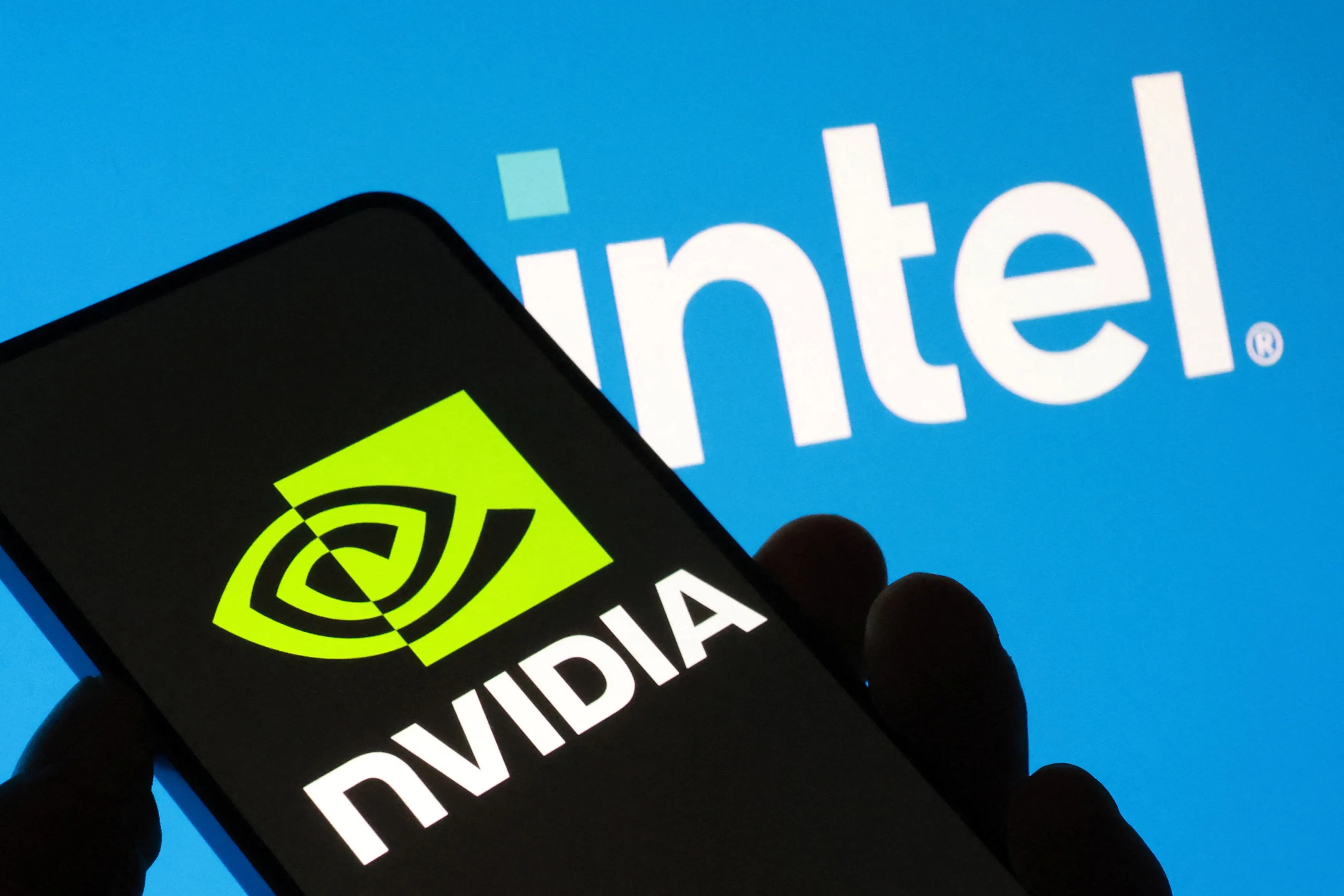
Market Reactions and Broader Industry Implications
Wall Street's response has been cautiously optimistic, with Intel's stock rebounding amid speculation of further partnerships. Nvidia's investment, representing about 2% of Intel's shares, dilutes existing holders minimally but grants Nvidia board influence, potentially steering strategy toward AI. Analysts forecast a 15% uplift in Intel's AI revenue by 2027, driven by joint platforms.
The deal ripples across the sector: AMD may accelerate its MI300X GPUs, while TSMC eyes increased orders for co-developed nodes. In India, where semiconductor ambitions soar under the India Semiconductor Mission, this could spur local fab investments, positioning the country as an AI hub. X discussions under #AIChipDeal highlight excitement for affordable AI PCs, democratizing access to tools like ChatGPT on-device.
Regulatory hurdles loom, with FTC scrutiny possible given market concentrations, but approvals seem likely given pro-competitive merits. For consumers, this means faster, greener PCs; for enterprises, scalable AI without vendor lock-in. As the deal closes, expect prototypes and roadmaps unveiling the fruits of this unlikely alliance.
Future Outlook: AI Ecosystem Transformation
This Nvidia-Intel pact could catalyze a new AI golden age, merging Nvidia's software moat with Intel's hardware scale. Joint SoCs might spawn a "RTX x86" standard, akin to Thunderbolt's ubiquity, fostering third-party innovations. In data centers, NVLink-x86 clusters could challenge Nvidia's DGX monopoly, offering cost-effective alternatives for hyperscalers like AWS.
For Intel, success hinges on execution; failure risks deeper cuts. Nvidia gains diversification, hedging against GPU cyclicality. Globally, this elevates AI accessibility, from Indian startups to Silicon Valley labs. As Huang envisions, it's the foundation for computing's next era—one where silicon symphonies power human ingenuity.
Comment / Reply From
No comments yet. Be the first to comment!


